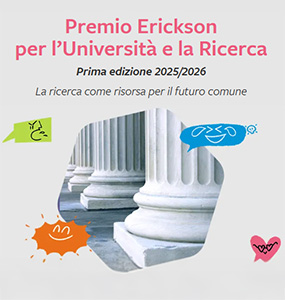It’s a matter of strings
Ilaria Cervellin
Erika (invented name), who recently turned 7, has an autism spectrum disorder diagnosis and has just finished her first year of Primary school. This school year will be included in several specialised studies — and not only — as it started among the school desks and ended at home. The health emergency which we are currently experiencing throughout the world has presented new scenarios and has demanded that schools quickly reorganise their system, adjust activities which have been specifically designed for the classroom context and, at the same time, introduce new teaching strategies capable of ensuring meaningful distance learning. The family itself has been called upon to play a new role: parents and, sometimes, grandparents have improvised as experts in distance education and have been forced to step up their game, supporting, supervising, and guiding their children or grandchildren during home lessons. Sometimes the results reached have been extremely positive, other times a little less. The title of this article, It’s a matter of strings, firstly stems from Erika’s string, her own sensory stimulation item which she asks for using a specific pictogram and uses as an anti-stress tool in the event of information overload. Secondly, the strings symbolically represent the network of those relationships built at the beginning of the school year and strengthened during the distance education experience among the people involved (adults and children). It’s the short story of an experience where school and family managed to work together, sharing their professional and personal expertise to create the most favourable conditions for truly inclusive and meaningful distance learning.
Keywords
Distance education (synchronous and asynchronous modality), Life plan, Educational co-responsibility pact, Teamwork.


